Men’s Belts Expert Guide to Styling: From Leather to Western and Exotic Styles
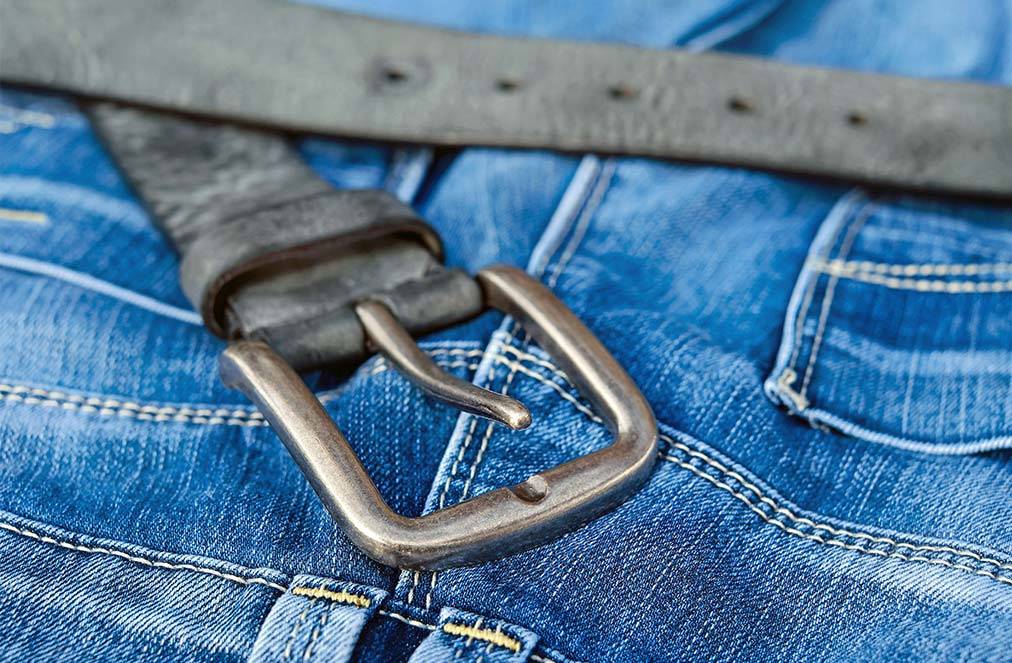
Belts are one of the most functional yet stylish accessories in a man’s wardrobe. From their origins as essential military gear to their role as status symbols, belts have a fascinating history and remain a key element in fashion. In this guide, we’ll explore the rich history of belts, the different types and materials, how to style them correctly, and tips for choosing the right belt for any occasion.
Table of Contents
The Origin of the Belt: A Tale of Functionality and Bravery
The story of one of the earliest modern belt styles is as inspiring as it is functional. In 1858, a young British officer named Samuel Brown, who served in the Second Punjab Cavalry, was severely injured in combat, losing his left arm. Despite his injury, Brown was determined to continue serving in the military. However, drawing a sword with just one hand was nearly impossible with the existing gear.
Refusing to give up, Brown invented a new type of belt—now known as the Sam Browne belt—that would support the scabbard, making it possible to draw a sword with one hand. This design featured a support strap that went over the right shoulder, offering stability and ease of use. The Sam Browne belt became a staple in military uniforms worldwide, recognized for its practicality. Even today, it is worn by certain military and police units as part of their ceremonial dress.
Understanding the Anatomy of a Belt
Before diving into styling, it’s essential to understand the basic components of a belt:
- Strap: The long, flexible band that wraps around your waist.
- Buckle: The hardware that fastens the strap around your waist.
- Frame: The outer part of the buckle.
- Bar: The piece connecting the buckle to the strap.
- Prong: The part that goes into the holes of the strap to secure the belt.
- Keeper Loop: A loop that holds the end of the strap in place after it’s buckled.
- Tip: The end of the belt strap, often reinforced or decorated.
Types of Belt Materials
Belts are crafted from a variety of materials, each suited to different occasions and styles:
1. Leather Belts

Leather is the most popular material for belts, prized for its durability and versatility. Within this category, there are several types:
- Full-Grain Leather: The highest quality leather, known for its strength and longevity.
- Calfskin: Softer and more refined, often used in dress belts.
- Suede: A softer, napped finish that adds texture to casual outfits.
2. Exotic Materials

For those seeking something unique, belts made from crocodile, ostrich, or stingray skin offer distinctive patterns and textures, adding a luxurious touch to your attire.
3. Fabric and Synthetic Belts

Typically more casual, fabric belts can be made from materials like cotton, canvas, or synthetic fibers. They’re great for relaxed outfits and are often more affordable than leather belts.
4. Braided Belts

These belts feature a braided design, often made from leather or fabric, offering a casual, textured look. They’re perfect for adding interest to a simple outfit.
Choosing the Right Belt Buckle
The buckle is not just a functional part of the belt; it also adds to its style. Here are some common types of belt buckles:
1. Frame Buckle
This is the most common buckle, seen on both dress and casual belts. It consists of a frame through which the belt passes, with a prong that fits into the strap’s holes.
2. Plate Style Buckle

Often associated with Western or cowboy belts, plate style buckles are larger and more decorative, often featuring engravings and multiple metals.
3. Box Frame Buckle
This casual buckle type is usually paired with fabric straps. It has a box-like frame that the belt strap passes through.
4. Micro Adjust Buckle

A modern innovation, this buckle type features no visible holes. Instead, it uses a ratchet system, allowing for quarter-inch adjustments, making it perfect for fluctuating waistlines.
Styling Tips: Matching Metals and Leathers
One of the cardinal rules of belt styling is matching your belt with the other elements of your outfit:
1. Matching Metals
Your belt buckle should generally match the metal of other accessories, like your watch, cufflinks, or shoe buckles. If you wear a silver watch, opt for a silver buckle.
2. Matching Leathers
Similarly, match the color of your belt with your shoes. Black shoes call for a black belt, while brown shoes should be paired with a brown belt. The shades don’t have to be an exact match, but they should complement each other.
When and How to Break the Rules
While these rules are a great starting point, fashion is also about personal expression. Here’s how you can bend or even break the rules:
1. Complement, Don’t Match
If your shoes are a unique color, like blue or green, consider a belt that complements rather than matches exactly. For example, a dark brown belt can work well with navy shoes.
2. Let the Belt Disappear
If you want to draw attention to your shoes or another part of your outfit, choose a belt that blends in with your trousers or shirt rather than standing out.
The Gig Line: Precision in Dressing
The gig line is a military term referring to the alignment of the shirt placket, belt buckle, and trouser fly. Ensuring these are all in a straight line can add a sharp, precise look to your outfit.
Should You Always Wear a Belt?
While belts are often necessary, there are situations where you can skip them:
- No Belt Needed: If your pants fit perfectly without a belt and you’re wearing a jacket that covers your waist, you might opt to go without a belt.
- Casual Looks: For casual looks, especially with untucked shirts, belts can sometimes be skipped.
Contrasting Metals: Mix and Match
While it’s traditional to match metals, sometimes contrasting metals can create an interesting look. For example, mixing a gold buckle with silver accessories can add a unique flair, as long as it’s done thoughtfully.
Frequently Asked Questions About Men’s Belts
How to Style a Belt for Men?
Styling a belt for men involves considering the occasion, outfit, and personal style. For formal occasions, opt for a classic leather belt with a simple frame buckle in a color that matches your shoes. For casual settings, you can experiment with braided or fabric belts that add texture and interest to your outfit. The key is to ensure the belt complements rather than competes with the rest of your attire. If you’re wearing a patterned or colorful outfit, choose a neutral belt to balance the look. On the other hand, a bold belt can enhance a simple outfit.
What is the Fashion Rule for Belts?
The primary fashion rule for belts is to match your belt with your shoes in terms of color and formality. If you’re wearing black shoes, pair them with a black belt. Similarly, brown shoes should be matched with a brown belt. The metal of your belt buckle should also coordinate with other accessories, such as your watch or cufflinks. However, as you grow more comfortable with your style, you can bend these rules by choosing complementary colors or contrasting metals for a unique look.
Where Should a Belt Sit on a Man?
A belt should sit comfortably around the natural waistline of your trousers. This is typically just above the hips, where your trousers are designed to sit. The belt should be snug enough to hold your pants in place but not so tight that it causes discomfort or bunches up your waistband. The belt buckle should align with the center of your body, ensuring a clean and symmetrical appearance. When buckled, there should be enough excess length to tuck into the first belt loop without excessive overhang.
What Belts are in Fashion for Men?
Currently, belts that combine both style and functionality are in fashion for men. Classic leather belts in full-grain or calfskin leather remain timeless choices, especially in black or brown. For a more modern look, belts with micro-adjust buckles are gaining popularity due to their convenience and sleek appearance. Additionally, fabric and braided belts are trendy for casual outfits, adding texture and a relaxed vibe. Exotics, such as crocodile or ostrich leather belts, are also popular for those looking to make a statement with luxury. Remember, the best belt for you is one that complements your style and fits well with your wardrobe.
Conclusion: Expressing Yourself Through Belts
Belts are not just about function—they’re a statement piece. Whether you’re opting for a classic leather belt or something more daring like an exotic skin or braided fabric, the key is to choose something that complements your style and gives you confidence.
Remember, rules are meant to guide you, but they’re also meant to be broken. The most important thing is that you feel comfortable and confident in what you’re wearing. So, experiment with different styles, materials, and combinations until you find the look that’s uniquely yours.
All right’s reserved @ 2024 Jwlraddicts.com
5 Chain-Wearing Rules Every Man Must Know
Best Watch Boxes for Collectors & Travelers in 2025
Comments
Wow wonderful blog layout How long have you been blogging for you make blogging look easy The overall look of your site is great as well as the content






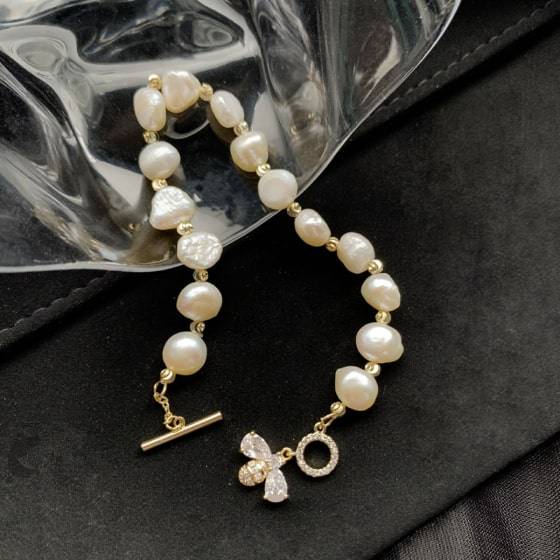
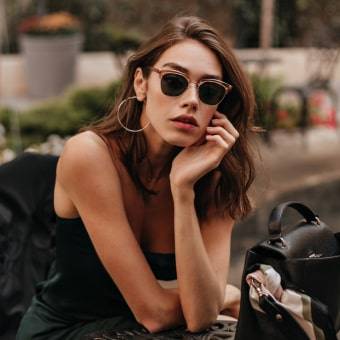
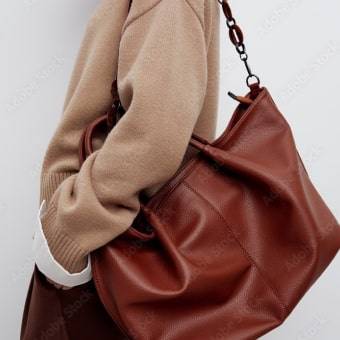
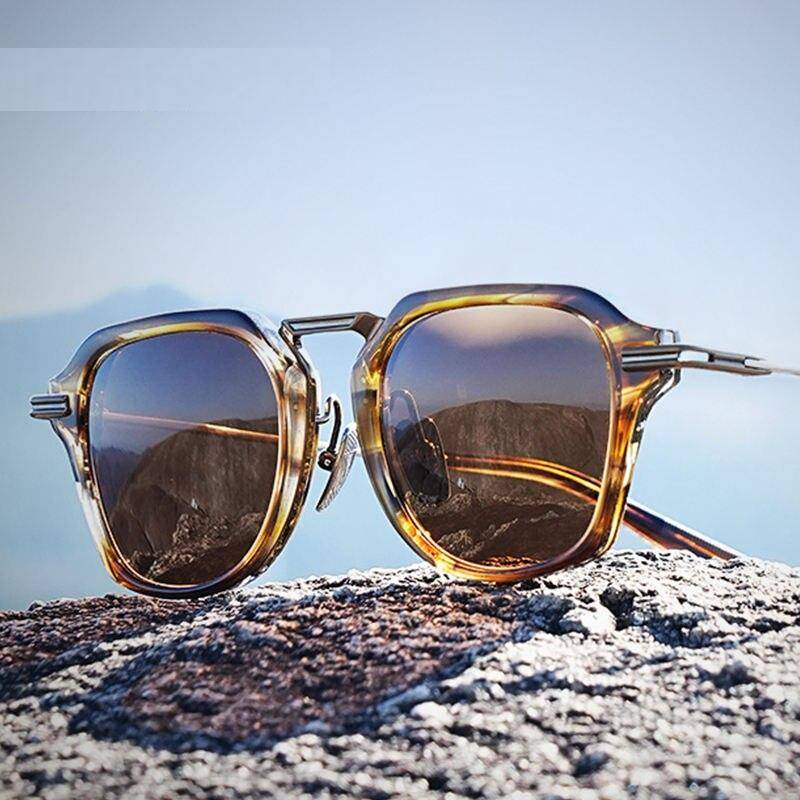
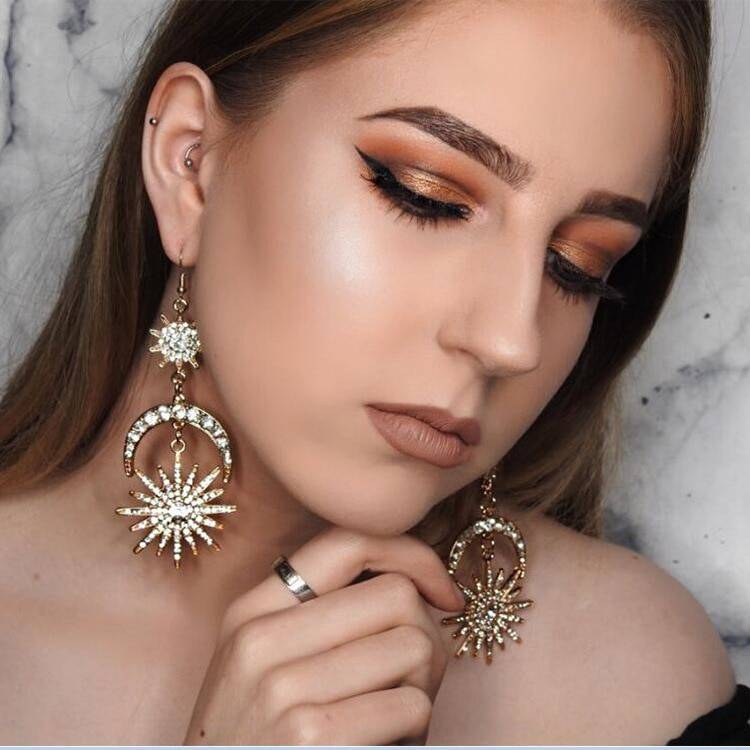










Leave a comment
You must be logged in to post a comment.